Exploring Custom Japanese Knife Handles
The artistry of custom Japanese knife handles is a testament to the rich tradition of Japanese craftsmanship. These handles are not merely functional components; they are a fusion of aesthetics and ergonomics, designed to enhance the culinary experience. Each handle is meticulously shaped to provide comfort and control, ensuring precision in every cut.
Types and Features of Japanese Knife Handles
Japanese knife handles come in various types, each tailored to specific tasks in the kitchen. The traditional 'Wa-handle,' often found on santoku and gyuto knives, is known for its lightweight and balanced feel. On the other hand, the 'Yo-handle' offers a more familiar grip to Western chefs, commonly seen on utility knives and paring knives. Materials range from magnolia wood to intricate composites, each selected for durability and grip.
Applications and Versatility
The versatility of knives with custom Japanese knife handles is remarkable. From the delicate task of slicing sashimi with a yanagiba to the robust demands of chopping with a deba, these handles are crafted to complement the blade's function. Whether it's for intricate vegetable cuts or for filleting fish, the handle's design ensures agility and accuracy.
Advantages of Custom Handles
The advantage of opting for custom handles on Japanese knives lies in their tailored approach to the user's needs. Unlike mass-produced handles, custom options provide a personalized grip, reducing fatigue and improving cutting technique. The choice of material, from natural woods to modern synthetics, also plays a role in the knife's overall balance and feel.
Materials and Craftsmanship
The materials used in custom Japanese knife handles are chosen for their resilience and beauty. Traditional handles may feature woods like ho wood or keyaki, often finished with buffalo horn bolsters for added strength. Modern renditions might incorporate stabilized woods, micarta, or even carbon fiber, offering a contemporary twist on a classic design.
Conclusion
In conclusion, custom Japanese knife handles are more than just a point of contact between chef and blade; they are a hallmark of personalization and tradition. For the discerning chef, a custom handle is not just a tool, but an extension of their craft, allowing for an expression of individuality and a testament to the art of cooking.
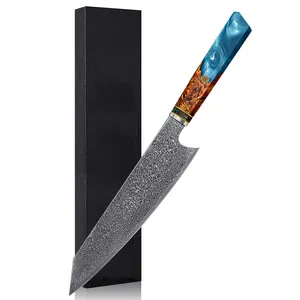




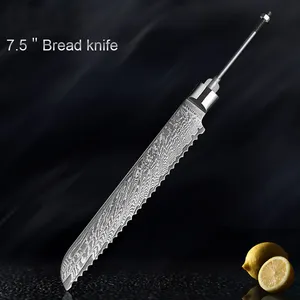

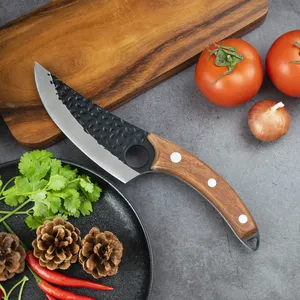

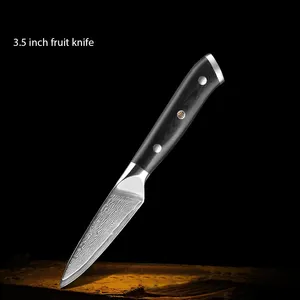


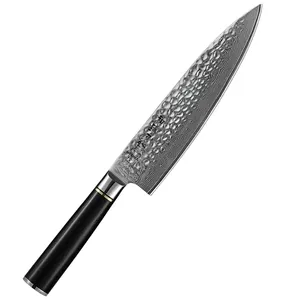
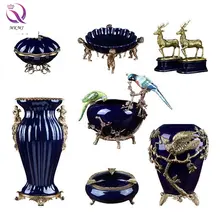
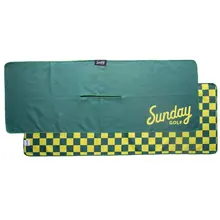
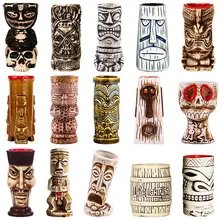
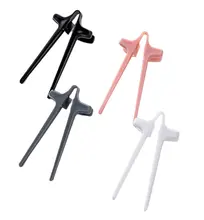
























 浙公网安备 33010002000092号
浙公网安备 33010002000092号 浙B2-20120091-4
浙B2-20120091-4